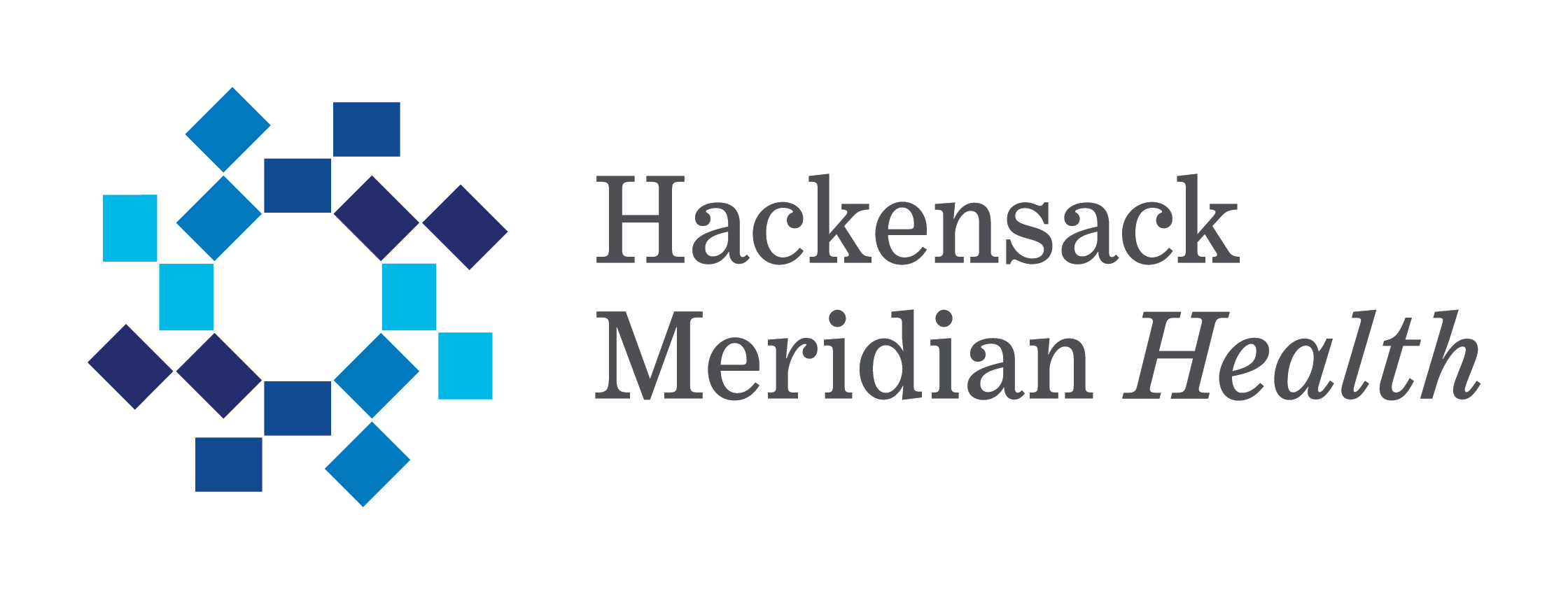Newswise — A new report by a team of cardiologists from the Heart & Vascular Hospital, Hackensack Meridian Hackensack University Medical Center that compares the hemodynamics of cardiac shock in patients with COVID-19 during the first versus the second wave of the COVID-19 pandemic was published recently in JACC: Journal of the American College of Cardiology.1 The authors reported that during the first wave of the pandemic a substantial proportion of patients with COVID-19 -- 43 percent -- had shock and a low cardiac output but with a preserved ejection fraction suggesting underfilling of the left ventricle. The proportion of these patients was smaller in the second phase of the pandemic – 29 percent.
“While a substantial proportion of patients with COVID-19 and shock had low cardiac index despite preserved ejection fraction in both waves of the pandemic, this proportion was smaller in the second wave,” said Joseph E. Parrillo, M.D., senior author of the report, chief of cardiology, Hackensack University Medical Center and professor and chair, Department of Cardiology, Hackensack Meridian School of Medicine. “This difference could not be explained by positive end expiratory pressure between the groups, but rather suggests that fluid management strategies may have been more aggressive during wave two of the pandemic.”
The Hackensack Meridian cardiologists characterized the hemodynamic profiles of patients with COVID-19 and shock, using echocardiography in the first wave of the pandemic; March 2020 to August 2020. The report compares the distribution of patients using these hemodynamic profiles determined echocardiographically to the second wave of the pandemic; September 2020 to March 2021. Hemodynamics refers to measures of cardiovascular function, such as arterial blood pressure or cardiac output.
Study Methods
In 327 patients with COVID-19 and cardiac shock requiring vasopressors (medicines that tighten blood vessels and raise blood pressure), who had an echocardiogram, ejection fraction and stroke volume were measured.
Study Results
There were 155 patients in wave one and 172 in wave two. Mean age: 66.9±12.6 vs 63.9±12.9, EF 59.9±12.8 vs 56.4±9.3; CI 2.4±0.9 vs 2.7±0.9, all p=NS. Hospital mortality was 77 percent and 83 percent in wave one and wave two respectively (p=0.07). A smaller proportion of patients in wave two with a preserved EF had a low CI (45/153, 29%) than in wave one (55/128, 43%) (p=0.03). Mean PEEP did not differ in the preserved EF low CI group between W1 and W2 (11.3 vs 11.6 cmH2O, p=0.8). This result suggests that fluid therapy may have been more aggressive in wave 2 than wave 1 resulting in higher cardiac output.
For information about Hackensack Meridian Health’s cardiovascular services, visit https://www.hackensackmeridianhealth.org/services/cardiovascular/.
-END-
1COMPARISON OF THE HEMODYNAMICS OF SHOCK IN THE FIRST VERSUS THE SECOND WAVE OF THE COVID PANDEMIC
Matthew J. Fata, Brent Klinkhammer, Tirth Talati, Osman K. Yousafzai, Taya V. Glotzer, Sameer M. Jamal, David B. Landers, Joseph E. Parrillo, Lucy M. Safi, Jana Tancredi, Zoltan G. Turi, Steven M. Hollenberg, Hackensack University Medical Center, Hackensack, NJ J Am Coll Cardiol.2022 Mar,79 (9_Supplement) 2098
ABOUT HACKENSACK MERIDIAN HACKENSACK UNIVERSITY MEDICAL CENTER
Hackensack University Medical Center, a 771-bed nonprofit teaching and research hospital, is the largest provider of inpatient and outpatient services in New Jersey. Founded in 1888 as Bergen County's first hospital, it was the first hospital in New Jersey and second in the nation to become a Magnet®-recognized hospital for nursing excellence. The academic flagship of Hackensack Meridian Health, Hackensack University Medical Center's campus is home to facilities such as John Theurer Cancer Center, the Heart & Vascular Hospital, and the Sarkis and Siran Gabrellian Women’s and Children’s Pavilion. Recognized as being in the top 1% of hospitals in the nation and #1 in New Jersey by U.S. News & World Report’s 2021-22 "Best Hospitals" Honor Roll, Hackensack University Medical Center also ranked as high-performing in cancer care, cardiology and heart surgery, gastroenterology and GI surgery, geriatrics, nephrology, neurology and neurosurgery, orthopedics, pulmonology, and urology. Hackensack University Medical Center’s comprehensive clinical research portfolio includes studies focused on precision medicine, translational medicine, immunotherapy, cell therapy, and vaccine development.
Journal Link: JACC: Journal of the American College of Cardiology
